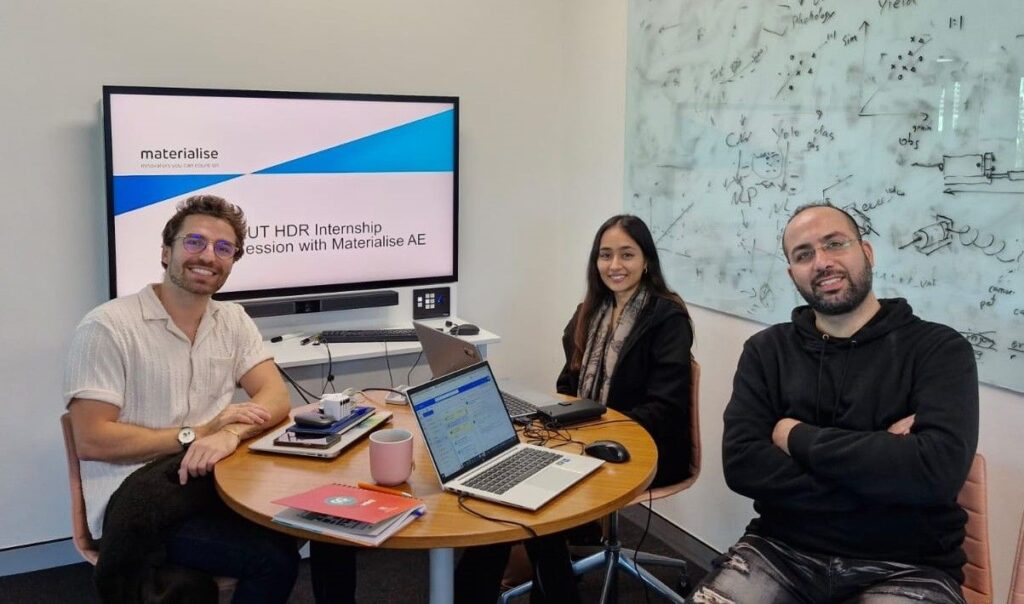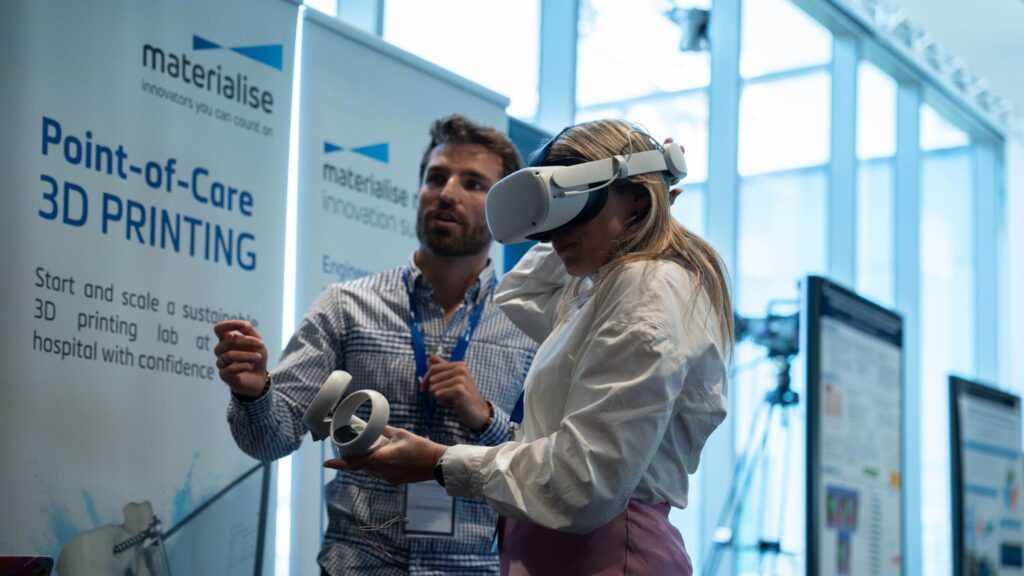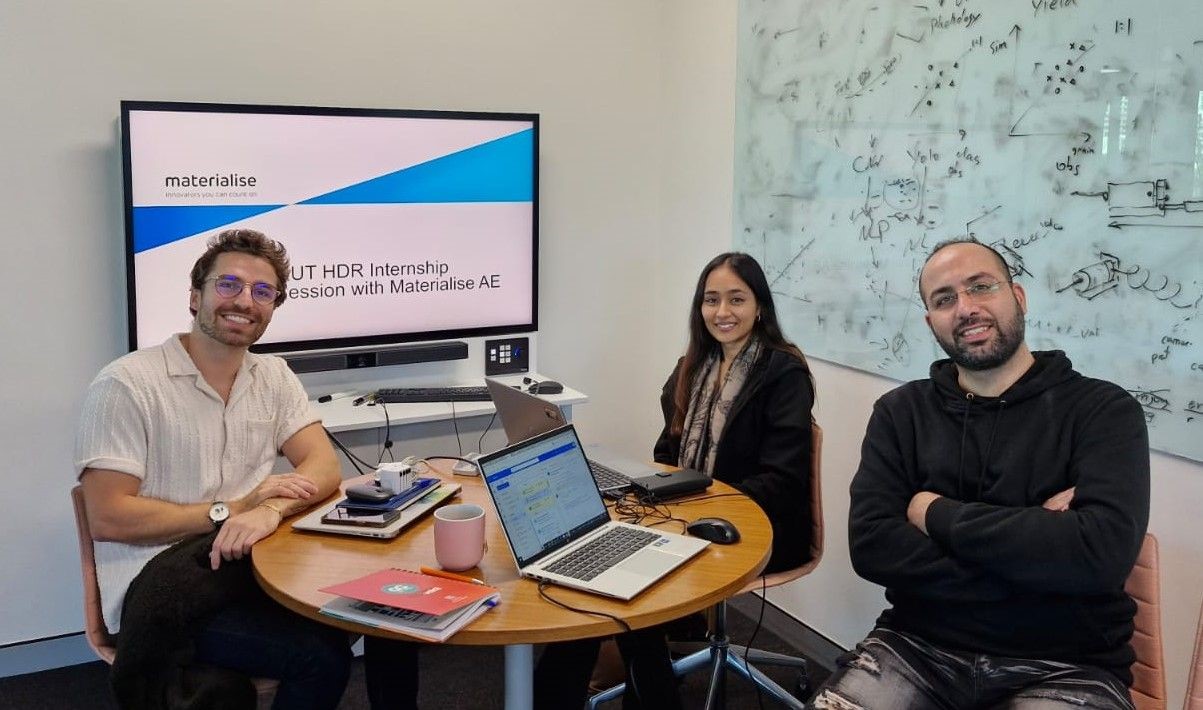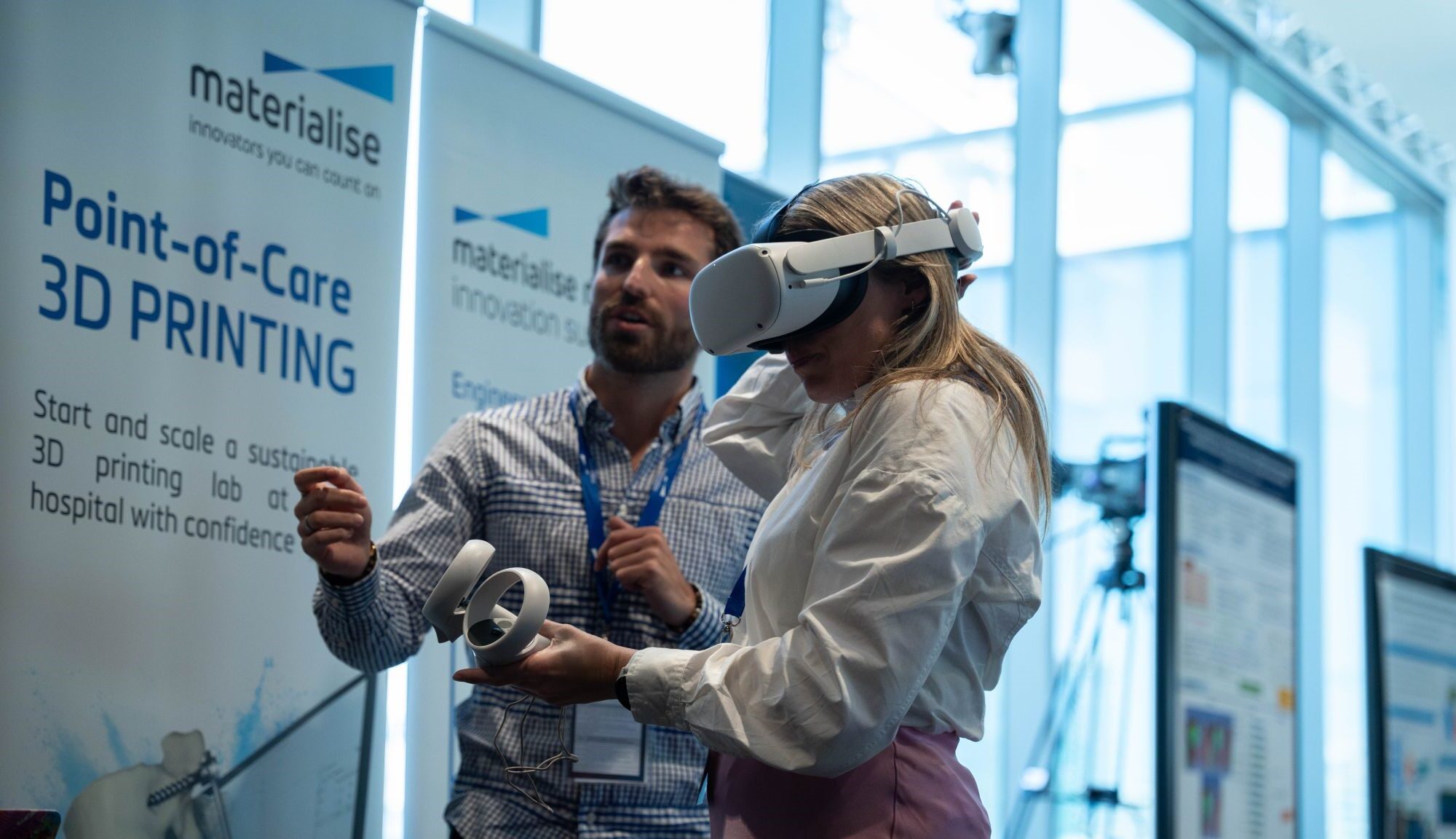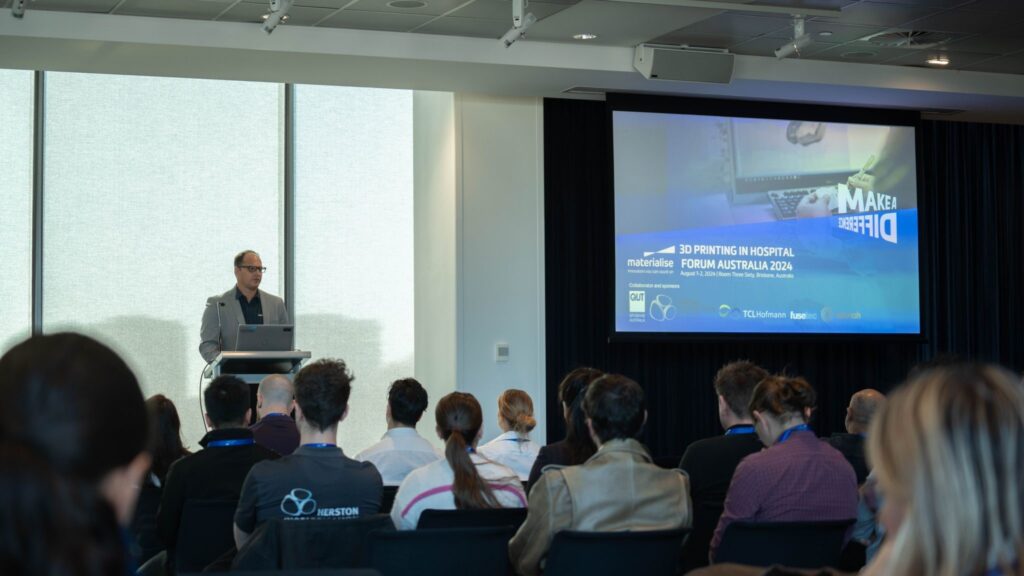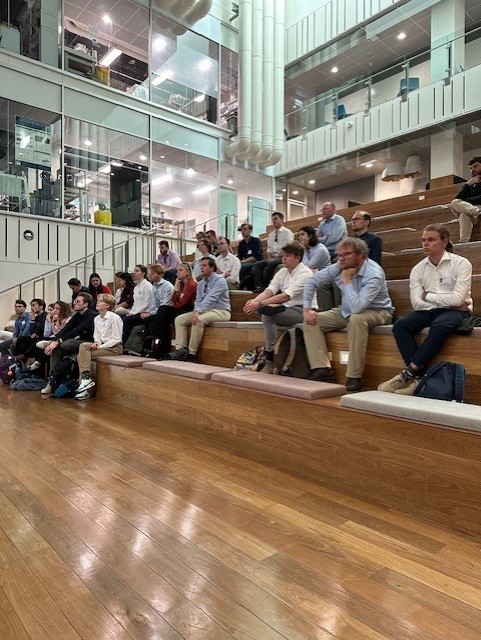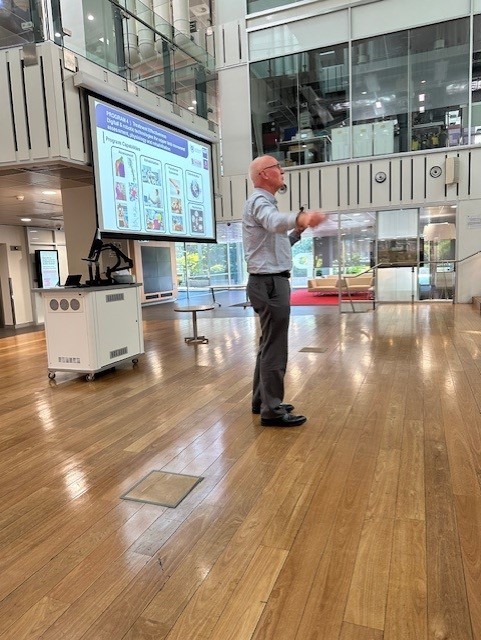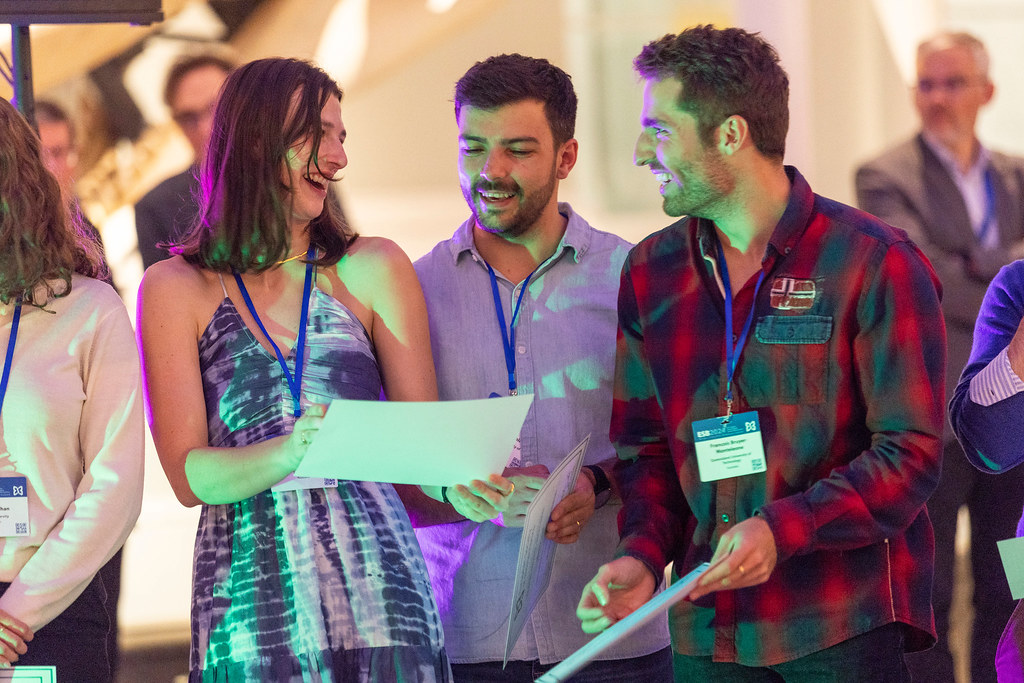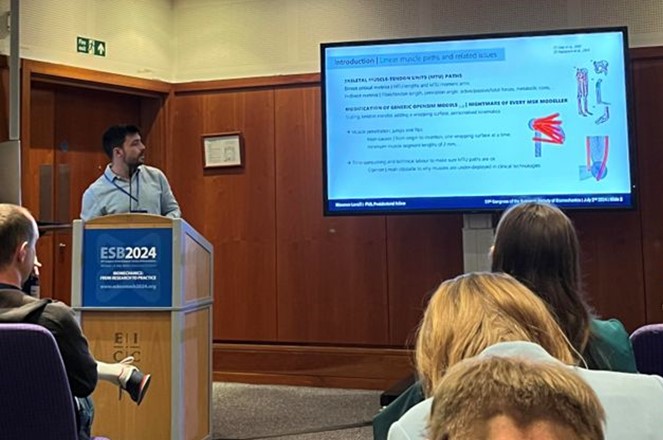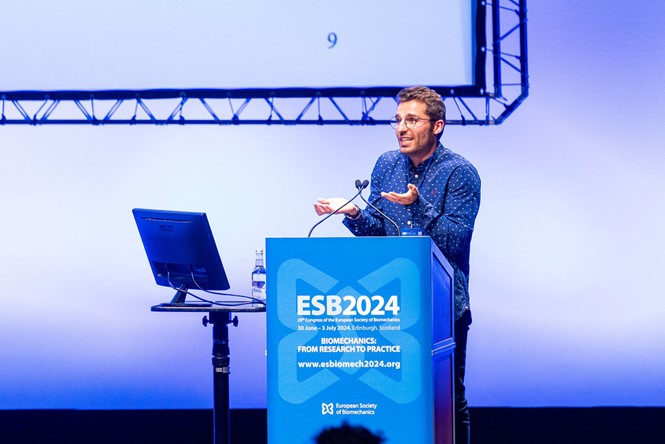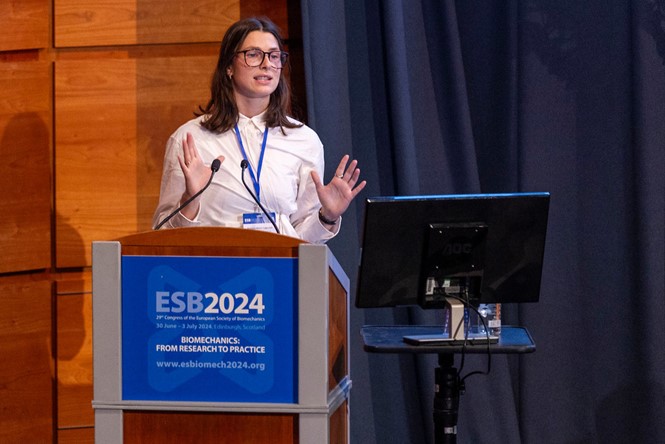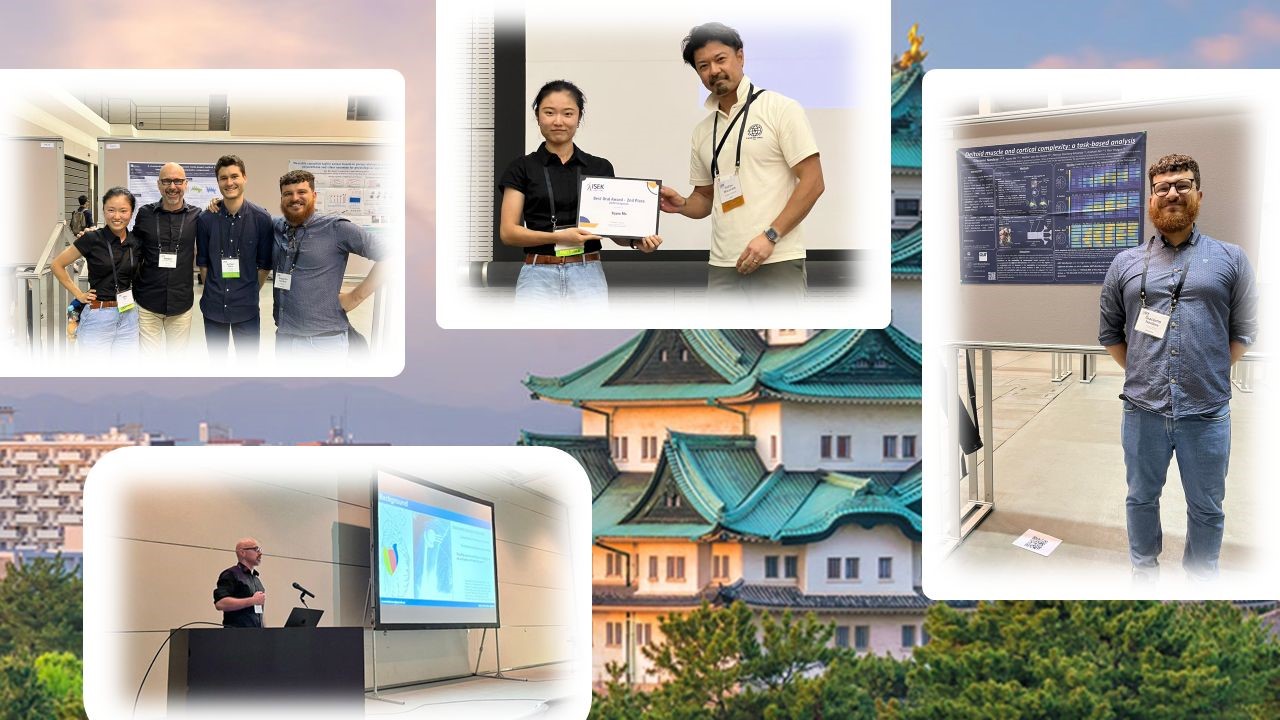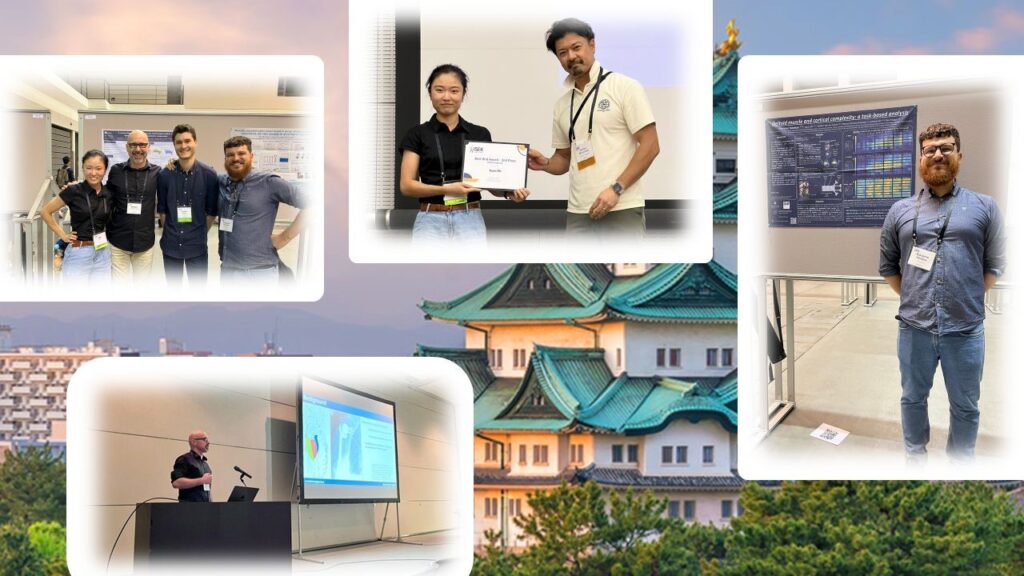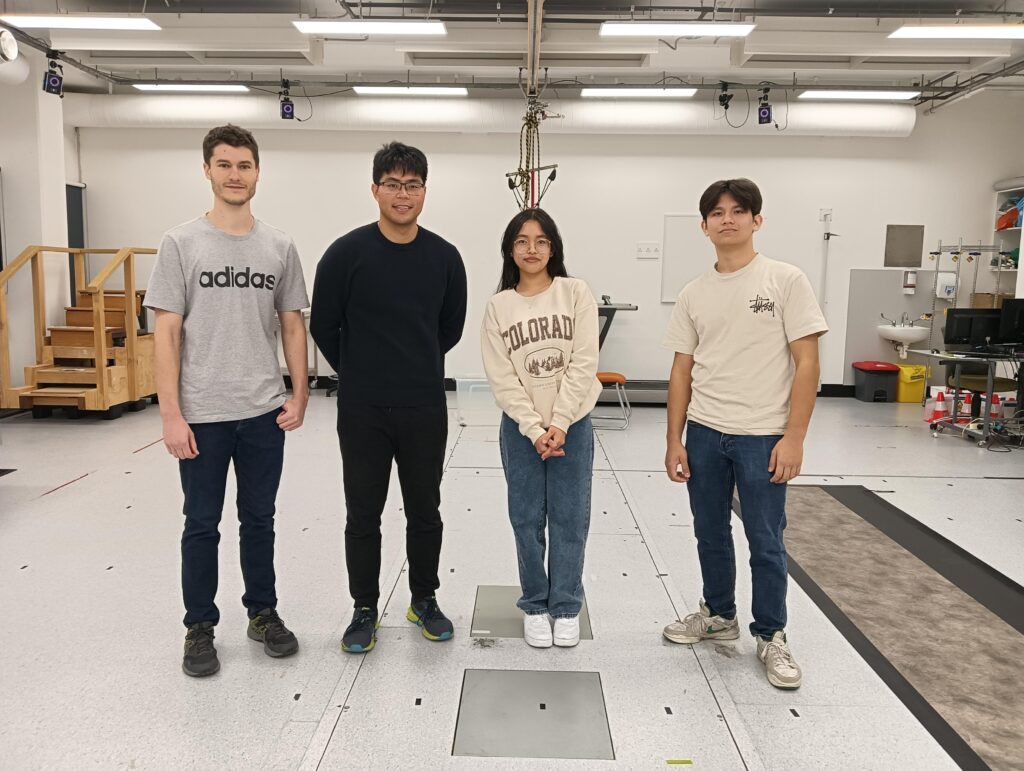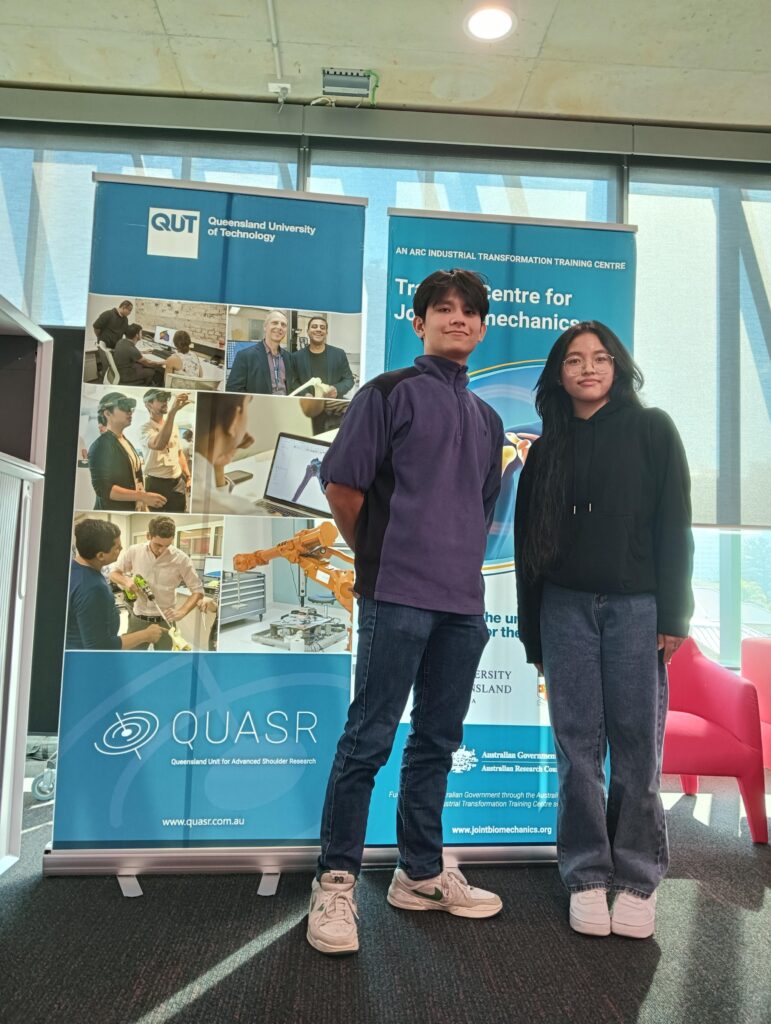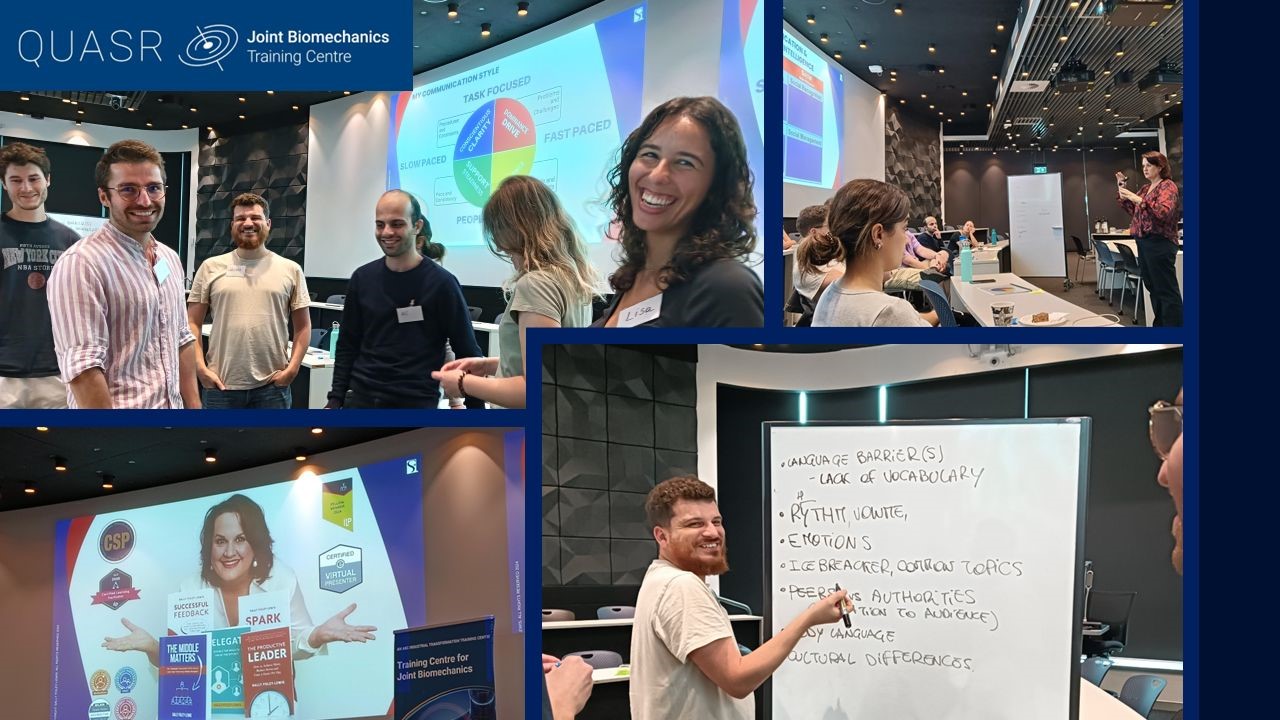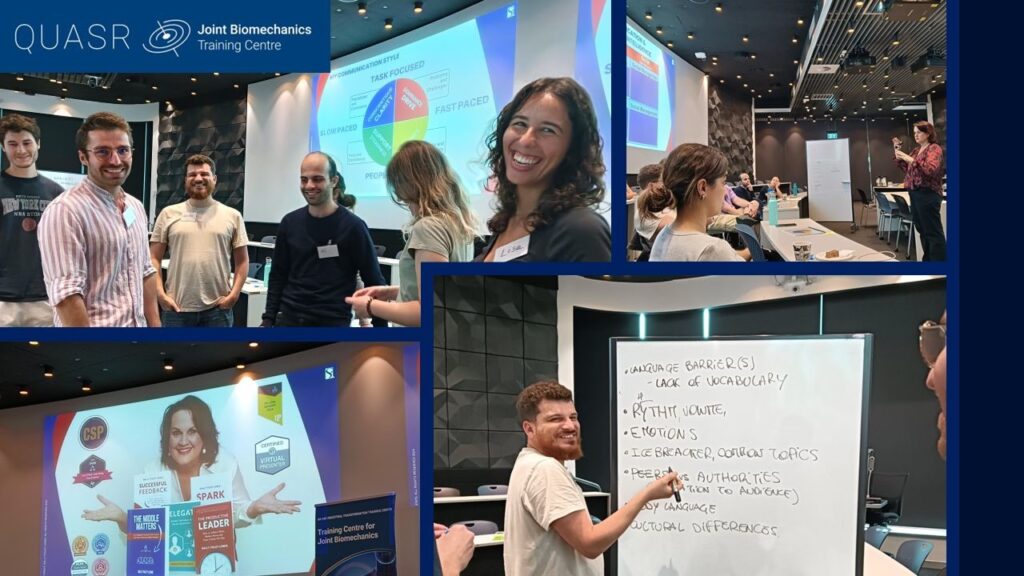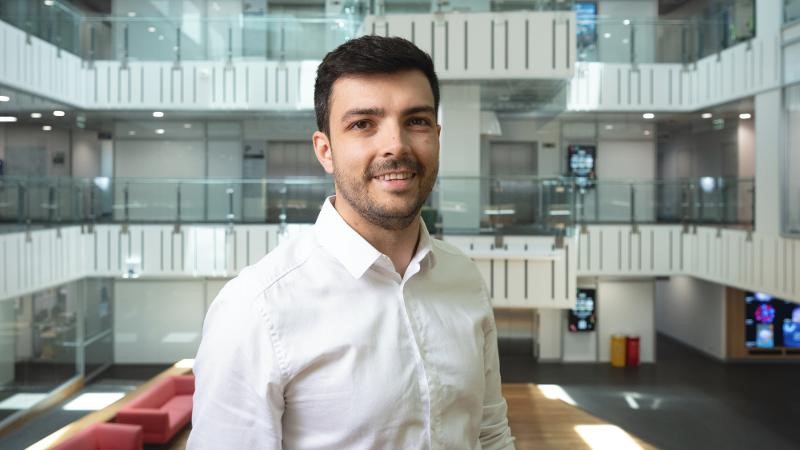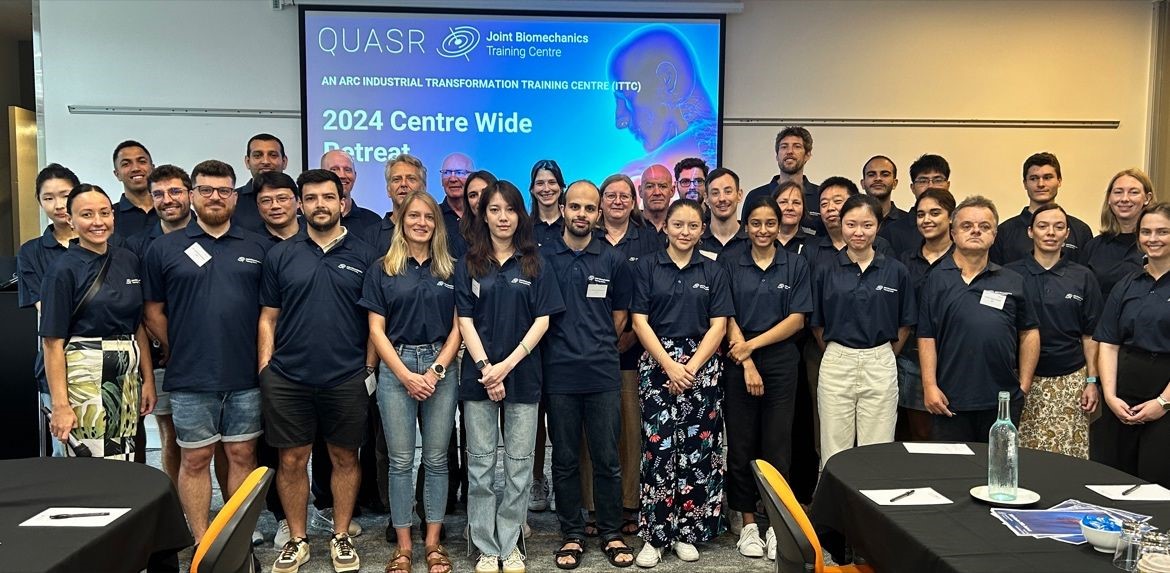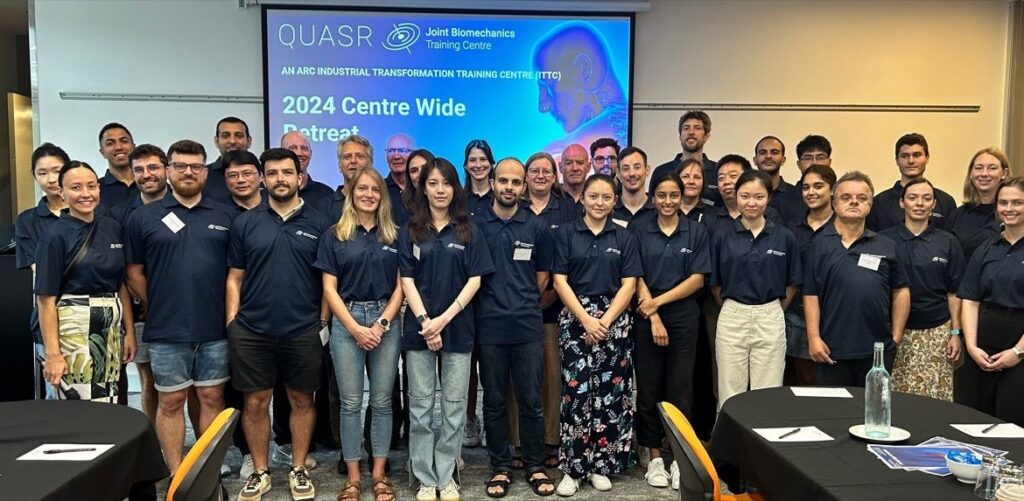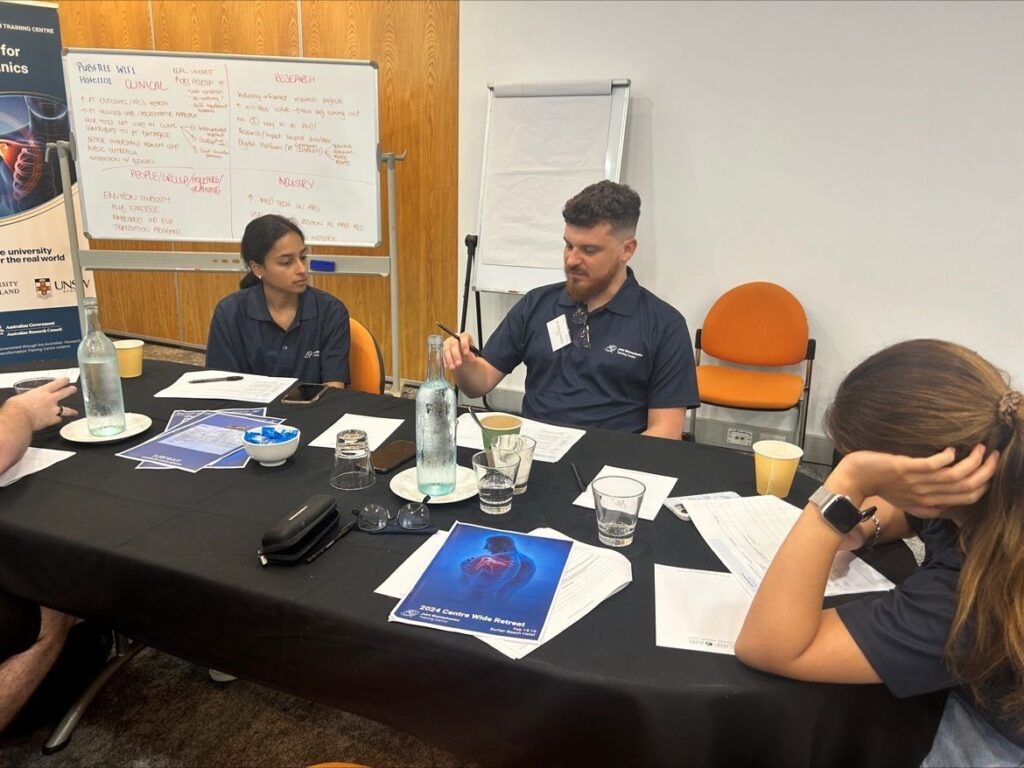HDR Placement Program – Materialise: Training Future Leaders in Orthopaedic Innovation
The Training Centre for Joint Biomechanics is proud to celebrate the recent completion of the HDR placement program by Centre PhD students Mr. François Bruyer-Montéléone and Mr. Hamid Reza Jarrah. Hosted by our valued industry partner, Materialise, this immersive experience provided François and Hamid with advanced training and hands-on exposure in the fields of 3D printing and digital manufacturing for healthcare applications, particularly in orthopaedics.
The Training Centre for Joint Biomechanics’ placement program provides exceptional opportunities for hands-on experience with real-world MedTech experience. Throughout the program, François and Hamid engaged in a variety of high-impact activities, benefiting from Materialise’s deep expertise in healthcare technologies. Materialise, a global leader in 3D printing and digital manufacturing, works closely with hospitals and clinics specialising in orthopaedics, cranio-maxillofacial surgery, cardiovascular surgery, and radiology to create patient-specific solutions.
Guided by Michael Mathews, General Manager of Materialise Medical ANZ, along with 3D technology ambassador Monica Russell and Medical Application Engineer Divya Dayal, François and Hamid gained invaluable insights through:
- Clinical Engineering Shadowing: Working with engineers using Mimics software, they observed the practical applications of cranio-maxillofacial (CMF) solutions and learned how pre-operative plans for complex procedures like osteotomies are developed and implemented.
- Comprehensive Product Line Training: They acquired knowledge in product design and clinical applications while exploring MedTech business models and marketing strategies to understand the financial and strategic aspects of healthcare innovations.
- Skill Development: The program provided essential training in business case management, pre-operative planning software, and real-world engineering practices, coupled with soft skills crucial for industry success.
The Training Centre for Joint Biomechanics is dedicated to empowering future leaders in orthopaedic technology, and we are thrilled to see how François and Hamid’s experiences with Materialise will enrich their contributions to healthcare and innovation.
Congratulations to François and Hamid on their achievements during this transformative placement experience!
